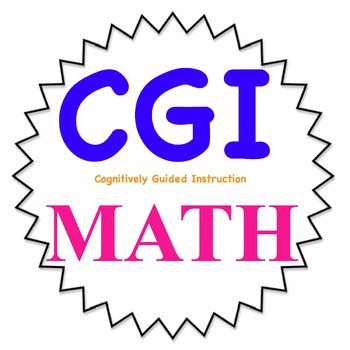72 CGI word problems 4th grade-WITH KEY Common Core friendly
- Word Document File
What educators are saying
Description
These are 72 CGI math word problems I wrote for 4th grade. I listed these separately in sets of 12 for $2 each or you can get them all here for a discount. I roughly followed the pace of the enVision book, but these are all stand-alone problems. Each problem has 3 number sets so you can differentiate instruction, as well as an extension problem for extra challenge. The skills they encompass are: addition with 3 addends, arrays, attributes of solid and flat shapes, compare problems, division with and without remainders, elapsed time, estimation, flat shapes, fractions, geometry, measurement, missing number problems, money, multi-digit addition, multi-step problems, multi-digit multiplication, part/part/whole, perimeter, place value, problem solving, radius and diameter, rounding, subtraction with regrouping across zeroes. These are ready to print or you can change the names to your own students' names to increase engagement. ANSWER KEY IS INCLUDED.
Can be used for distance learning.


